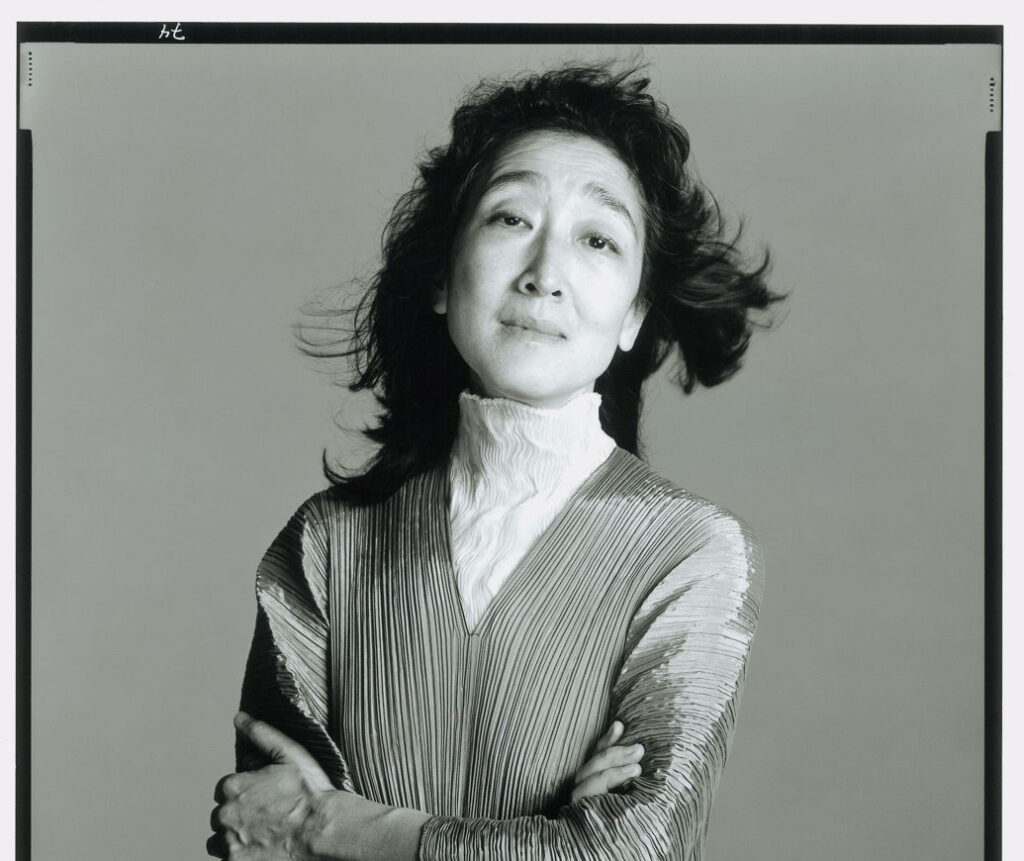
On Saturday night, Gustavo Dudamel, the music director of the Los Angeles Philharmonic, continued his return to conducting the orchestra this season not with a concert of new works, but with a return to the traditional. On the program were three late works by Mozart: the Overture to the Magic Flute, K. 620, the Piano Concerto No. 27 in B-flat major, K. 595, with the famed Mozart interpreter Mitsuko Uchida as soloist, and the Symphony No. 41 in C major, K. 551 (“Jupiter”). But, in a sense, there was nothing traditional about this concert.
In light of the recent news that Dudamel has been named the next principal conductor of the New York Philharmonic, the packed house at Walt Disney Concert Hall was all abuzz to see their new favorite son while they still can, even though his new job doesn’t begin until 2026. Of course, it didn’t hurt that the program contained three of Mozart’s most popular works.
Dudamel, who with his graying hair seemed a much older version of his 27-year-old self who took over the helm of the LA Phil in 2009, opened the concert with the Magic Flute overture, which was played true to form. The trombones, a novel sight in a Mozartian orchestra, added heft to the overture.
Mozart’s final piano concerto almost harkens back to some of his earlier concertos, with the lack of timpani and trumpets. The melodies are simple but, as always, memorable. The piano part is not one of the most difficult in the Mozart piano repertoire. But what it lacks in difficulty and bombast, the concerto makes up for with the calm serenity that belies Mozart’s physical ailments at the end of his short life. Dudamel showed how much he has learned in his last 15 years conducting orchestras all over the world and accompanying the great soloists of our time. His accompaniment was sensitive, and it was easy for him to keep the orchestra off of Uchida’s toes. Uchida’s playing was delicate but sure-footed. She is arguably the greatest interpreter of Mozart piano concertos, and it was a treat to see her perform with Dudamel and the LA Phil.
Dudamel refused to share the limelight with Uchida despite her requests to take bows with him. When they appeared on stage for the third curtain call, Dudamel took a seat where the second flute had been during the overture, while Uchida rewarded the appreciative audience with an encore of the second movement (Andante cantabile) from Mozart’s piano sonata in C-major, K. 330, which she performed to a perfectly quiet hall, even eliciting a head shake from Principal Second Violinist Lyndon Johnston Taylor, indicating that he was moved.
Dudamel concluded with Mozart’s final contribution to the symphonic repertoire: the Symphony No. 41. Dudamel played the first two movements pretty straight. The third movement — Allegretto — was played a little slower than usual, but the effect was to enhance its dance-like quality. The final movement, however, was something else. Dudamel was in control of every note of every measure and teased the audience with sudden crescendos and decrescendos. All of this led to a frenzied conclusion, which was so exciting that it brought the audience immediately to their feet, cheering for multiple curtain calls.
The LA Phil is now Dudamel’s orchestra, and it played for him like it wanted him to stick around a while longer; in other words, the musicians were in top form. If anything could make Dudamel second-guess his decision to leave the orchestra for the New York Philharmonic, or at least to appreciate how the orchestra and the Walt Disney Concert Hall audience feel about him, I can’t imagine anything more powerful than the way the musicians played and the cheering audience at Walt Disney Concert Hall on Saturday night.
—Henry Schlinger, Culture Spot LA
Visit www.laphil.com.
Photo of Mitsuko Uchida courtesy of LA Phil





